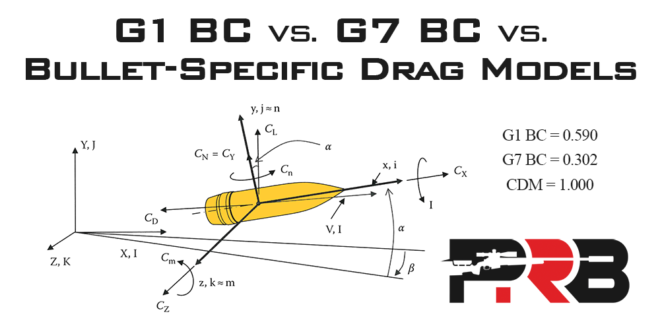a Custom Drag Model
I need some help.
Because I'm going far off the reservation.
▪ "The reservation" being current standard drag models, like GA and G1.
▪ "Going far off" meaning I am shooting projectiles far off the "standard" domed pellet that the GA was designed for. And farther off yet of the century old(!) G1 "standard" projectile.
And I am shooting these projectiles at velocities so high where this difference in shape really makes A DIFFERENCE!
➠ Just look at the shape of the Polymag, the Crow Magnum, or the Ultra Shock Heavy!
➠ As anti-aerodynamic as they are shaped, shooting them at 1000fps really must put the BC miles away from what the GA model would predict....
I could then enter that drag model into Strelok Pro or the pirated Strelok (named "Chairgun Elite" by the thieves).
And share the model with the rest of the AG world.
➊ Basically, I measure velocities at different ranges.
And between 10 and 20 data points for each range will give a pretty good reliability of the results, unless the data varies wildly.
Preferrable over average velocities are velocity pairs that measure two or more velocities of the same shot.
For that have 3 chronies (which I have already secured — you see I've been dreaming this custom drag model dream for a good while now....).
➋ It would be good to check chronies to see if there is any discrepancy between their velocity measures.
➌ Atmospheric conditions and distances between chronies must be precise.
➍ The less wind the better.
இ But once I have the velocity data, converted into mach, how do I transform that into a drag value (cd)
To me this is about as confusing as these lines: இ
Thanks for any advice!!
Matthias
The advantage of custom drag models (CDM):

G1 BC vs G7 BC vs Bullet-Specific Drag Models
“In the past 4-5 years we’ve made quantum leaps when it comes to predicting bullet trajectories.” –...